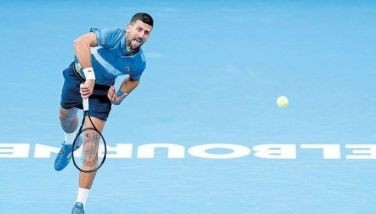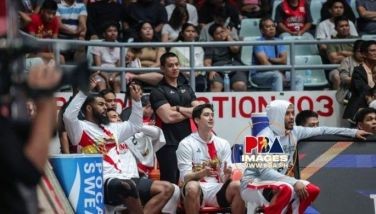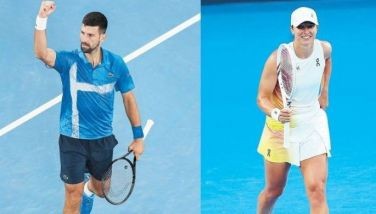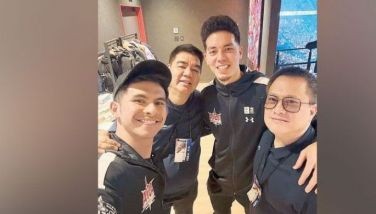Questions on UAAP rule

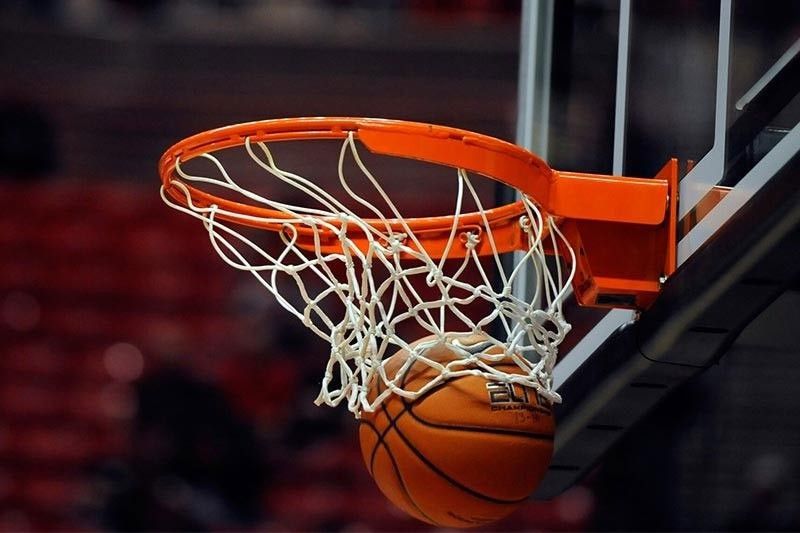
There is talk that a human rights group will seek court redress to overturn the recent UAAP decision deducting two years of playing eligibility on a player who transfers from one UAAP school to another. The previous rule was a one-year reduction aside from a one-year residency. A player who transfers from a non-UAAP school to a UAAP school is ordered to serve a one-year residency but does not lose any year of eligibility.
The UAAP presumably made this new decision in the wake of several transferees, including Luis Pablo from UP to La Salle, Forthsky Padrigao from Ateneo to UST, Kyle Paranada from UE to UST, Rey Remogat from UE to UP, Renzo Competente from FEU to UST, Gani Stevens from UE to UP, Kean Baclaan from NU to La Salle, Reyland Torres and Janjan Felicilda from NU to UP, Mur Alao from La Salle to FEU and Mason Amos from Ateneo to La Salle. The intent is to discourage poaching but what if a player is released by his former team or decides that transferring to another school could open more opportunities for the future or isn’t comfortable with the way he or she is being utilized. Transferring isn’t always prompted by piracy. Alao, for instance, looked for greener pastures and wasn’t pried out of La Salle. Why should he be penalized two playing years for transferring when all he wanted was to find a team where he could blossom. Amos voluntarily left Ateneo without prodding from La Salle. Like Alao’s case, this wasn’t piracy.
In the US NCAA, it’s not rare for players to transfer, no matter the reason, and serve a one-year or red-shirt residency before suiting up for another school without losing any year of playing eligibility. Rain or Shine import Aaron Fuller played two years at the University of Iowa, red-shirted then played out his remaining two years of eligibility at the University of Southern California. In the US NCAA, there are four eligibility years while in the UAAP, there are five.
An associate dean from a law school said, “One year of residency is an acceptable compromise between the student-athlete and the sports association but two years or more clearly violate the student-athlete’s right to choose and his right to thrive in an environment that allows him to achieve his full potential.”
Did the UAAP circumvent the law protecting student-athletes’ rights as authored by Sen. Pia Cayetano? Circumventing seems to be a common practice in the UAAP. Stephanie Berberabe played five years of NAIA basketball at Westmont College in California but UAAP disallowed one season under the US rule of discounting it as a “pandemic” year to preserve her UAAP eligibility as a one-and-done with NU. Quentin Millora-Brown also saw action in five years of NCAA D-1 basketball for three universities but UAAP discounted one season as a “pandemic” year to allow the Fil-Am to suit up as a one-and-done with UP. But what is the letter or spirit of the law? If a player completes five years of collegiate basketball and it’s on record, why dismiss one season? The UAAP isn’t the US NCAA or NAIA and isn’t bound to discount a “pandemic” year. In another case, JD Cagulangan transferred from La Salle to UP but to circumvent the penalty of deducting one year of playing eligibility, went to St. Clare on an interim basis so when he moved to UP, it was from a non-UAAP school. What example does it set to student-athletes to skirt the law through circumvention?
The UAAP is made up of prestigious schools which uphold the principles of fair play, sportsmanship, integrity and transparency without pulling a fast one through sleight-of-hand tricks. The UAAP is sworn to protect the interest of student-athletes and schools but not at the expense of each other.
- Latest
- Trending




















